South Sahara Desert
The ecoregion’s land area is provided in units of 1,000 hectares. The conservation target is the Global Safety Net (GSN1) area for the given ecoregion. The protection level indicates the percentage of the GSN goal that is currently protected on a scale of 0-10. N/A means data is not available at this time.
Bioregion: Southern Sahara Deserts & Mountain Woodlands (PA25)
Realm: Southern Eurasia
Ecoregion Size (1000 ha):
292,959
Ecoregion ID:
842
Conservation Target:
33%
Protection Level:
2
States: Algeria, Mauritania, Sudan, Niger, Mali, Chad, Egypt, Western Sahara, Libya
The South Sahara Desert ecoregion stretches across Africa, presenting some of the most hostile conditions to life on Earth. Nevertheless, life flourishes where hidden aquifers rise to the surface and when rare rain falls. Acacia and tamarisk trees outline dry riverbeds, clumps of bunchgrass dot the landscape, and ephemeral plants grow, bloom, and set seed within a fortnight. The last herd of addax is found here. Critically endangered dama gazelle and Ruppell’s and hooded vultures live in the ecoregion alongside cheetah, Dorcas gazelle, and striped hyena.
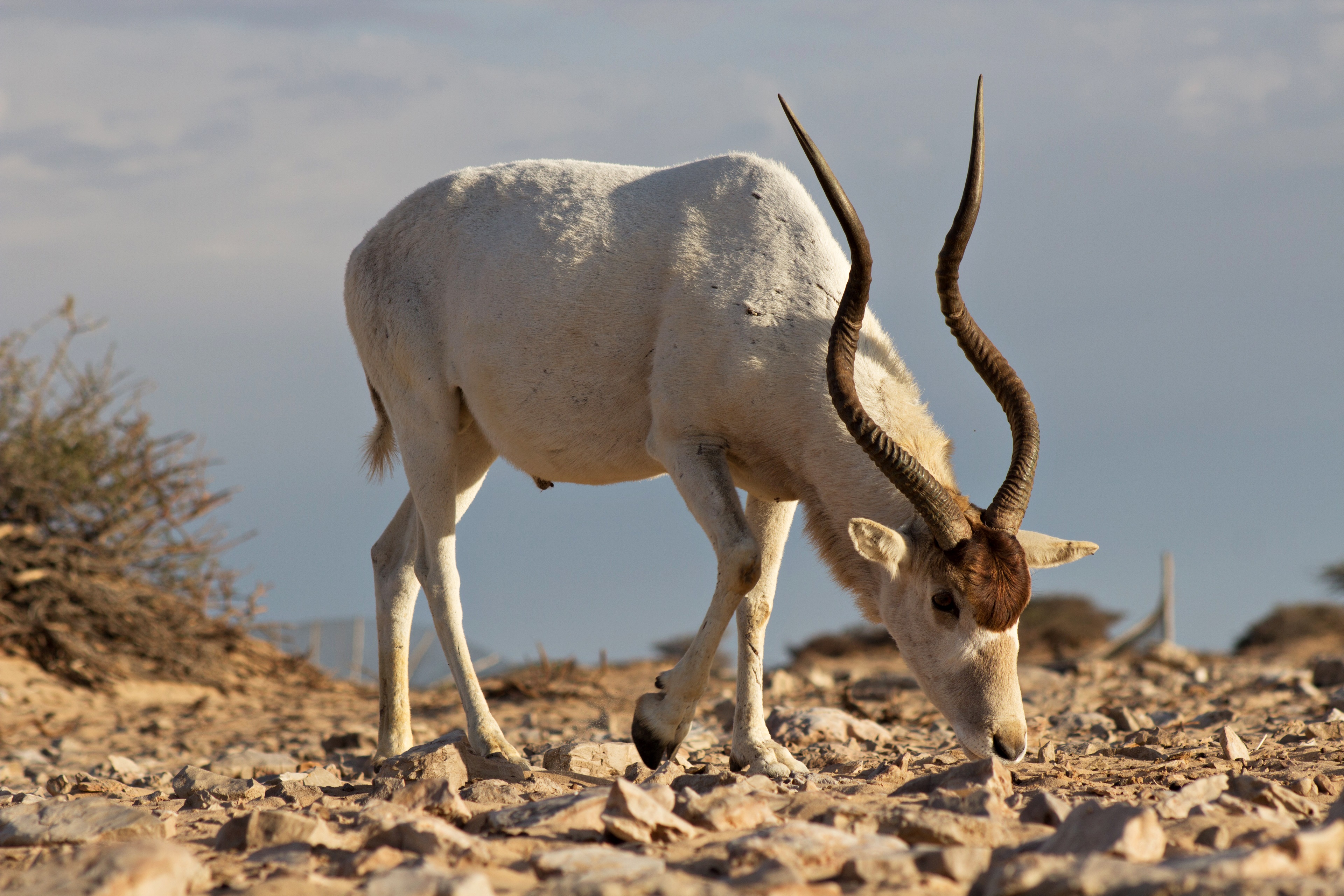
The flagship species if the South Sahara Desert ecoregion is the addax. Image credit: Creative Commons
The South Sahara Desert ecoregion crosses the African continent from the southern corner of Western Sahara and the northern half of Mauritania, to the northern part of Mali, southern Algeria, northern Niger, Chad, Sudan, and southeastern Egypt. It also surrounds higher massifs emerging from the desert that form the other montane xeric woodland ecoregions. Temperatures can reach 50°C in summer and drop to below freezing in winter. Average monthly temperatures tend to be 18-34°C and it is often very windy. Rain falls during July–August and can reach 200 mm per year, but rains are highly unreliable and variable. For example, Dongola in Sudan experiences an annual rainfall of only 12 mm and sometimes droughts last several years.
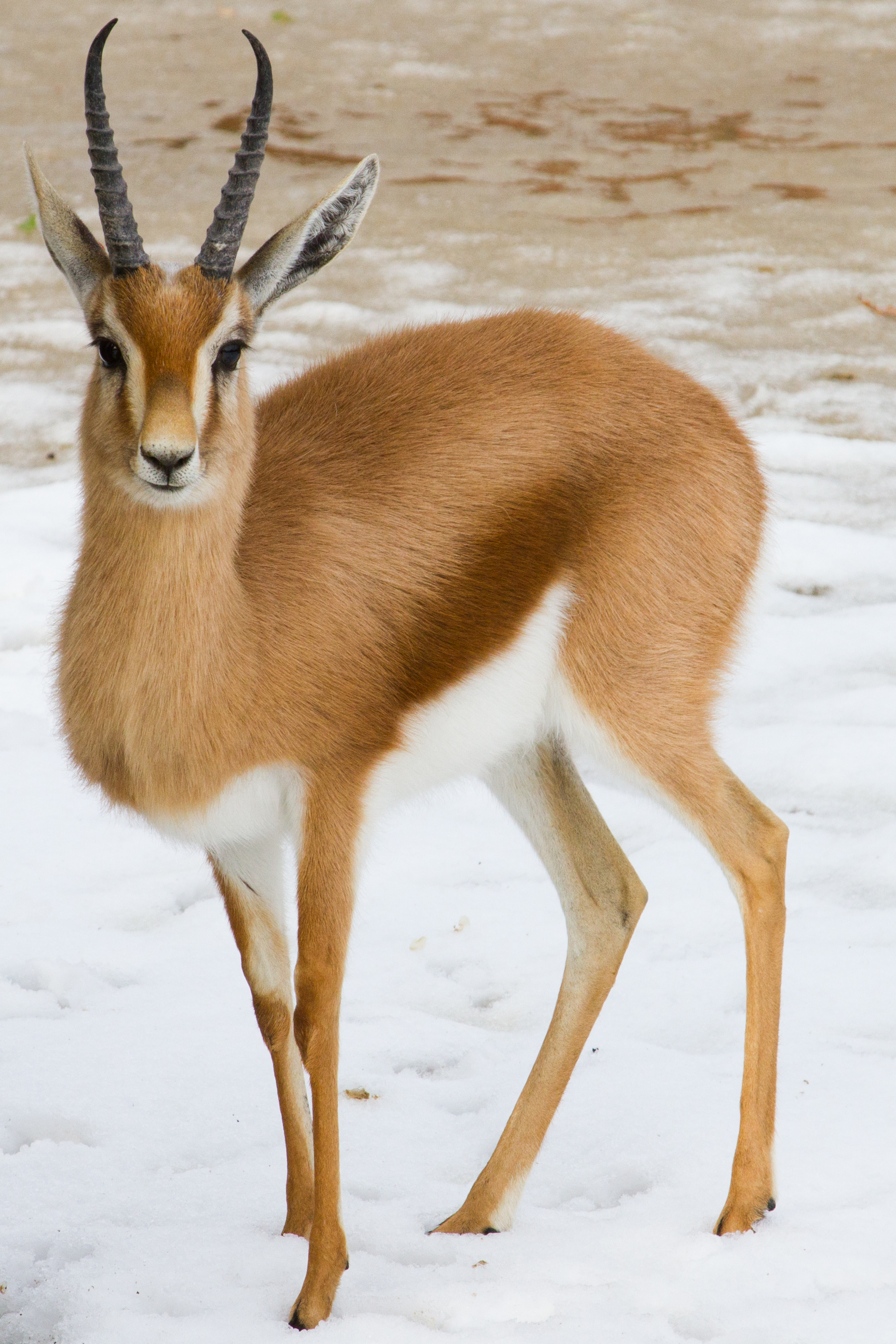
Dorcas gazelle. Image credit: Creative Commons
The desert surface has large areas of sand dune (ergs), stone plateaus (hamadas), gravel plains (regs), dry riverbeds (wadis), and saline depressions (chots). Vast underground aquifers underlie the desert, and oases form where they reach the surface. Here, date palms, toothbrush tree, desert bunchgrass, Acacia raddiana, and Maerua crassifolia provide shade and sustenance for humans and camels.
In the north of the ecoregion, wadis and depressions host rubber bushes, Acacia species in non-saline places, and Tamarix species in saline conditions. Where groundwater is close to the surface, Anrthirrnum ramosissimuma and Ononis angustissima cover hamadas. The rest of the desert is largely devoid of vegetation, but following rainfall, ephemeral plant species abruptly cover dunes and regs. The southern part of the ecoregion includes steppes of desert bunchgrass as well as Accacia species, desert date trees, and atil trees growing mainly along wadis.
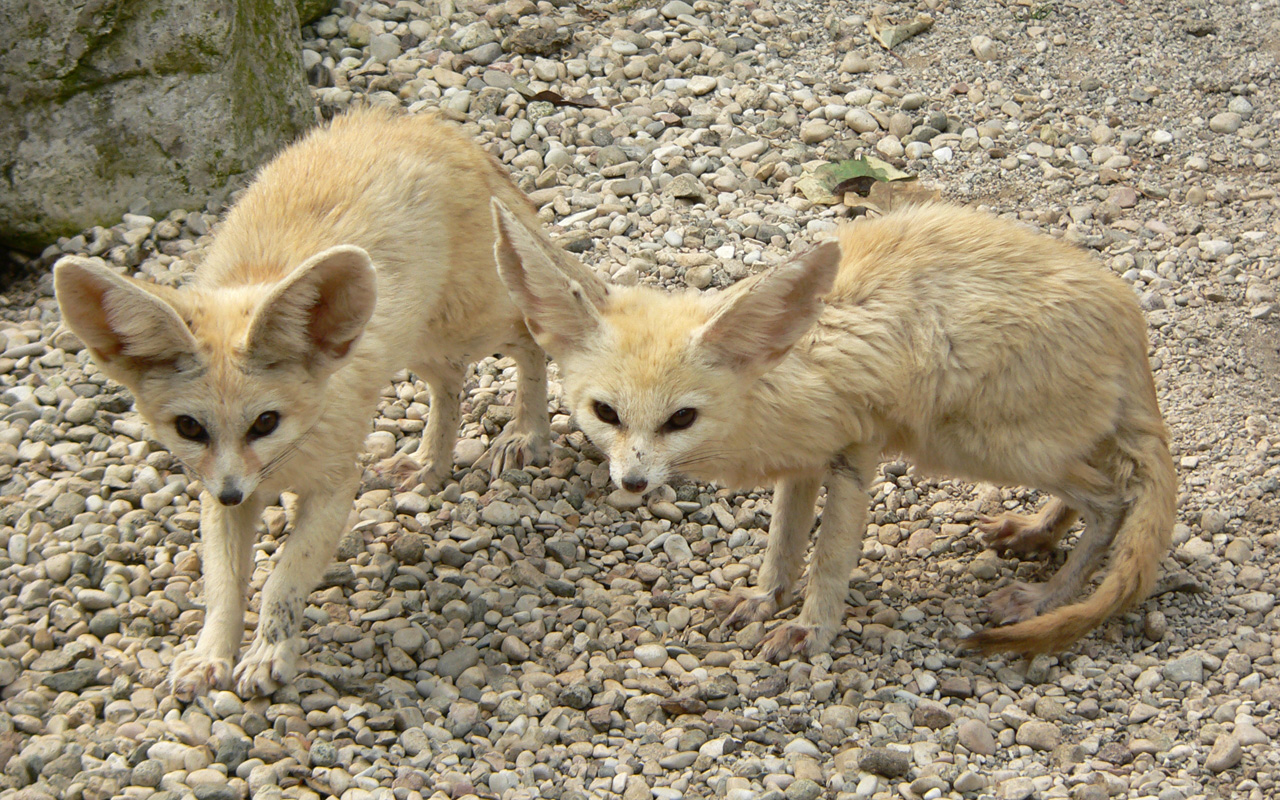
Fennec foxes. Image credit: Creative Commons
This ecoregion forms the majority of a huge protected area composed of the UNESCO World Heritage Aïr and Ténéré Natural Reserve and the adjoining Termit Massif-Tin Toumma Desert Reserve, where the last wild population of critically endangered addax lives. The ecoregion is also crucial for populations of the critically endangered dama gazelle, vulnerable Dorcas gazelle, aoudad, and cheetah as well as striped hyena, fennec fox, sand cat, and at least eight species of gerbil. It is also home to the critically endangered Rüppell's and hooded vultures, and the endangered Egyptian and lappet-faced vultures, alongside more common arid specialists such as pharaoh eagle owls, scissor-tailed kites, desert larks, and Nubian bustards. The most eastern part also supports the endangered steppe eagle.
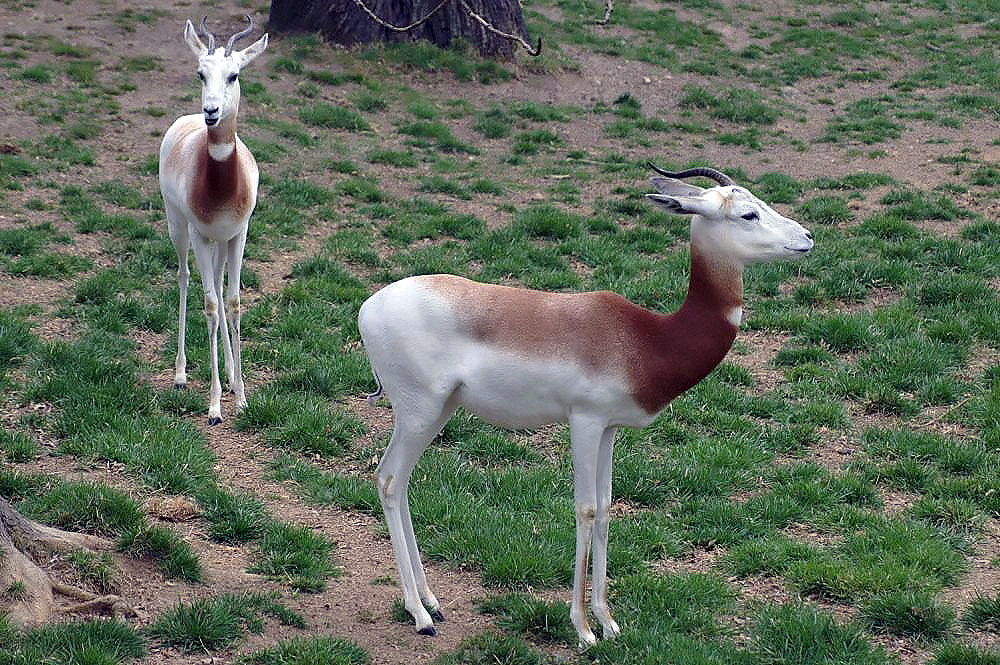
Dama gazelle. Image credit: Courtesy of David J Stang
In the southern part of the ecoregion tree cover has declined due to charcoal-making, firewood collection, and use for building. The northern part is largely undisturbed, but oases form the basis for irrigated agriculture and permanent human settlement. There are nine protected areas and Important Bird Areas found across Mali, Niger, Chad, and Egypt but none covering this ecoregion in Algeria or Sudan. The reintroduction of scimitar-horned oryx is under way in Ouadi-Rimé-Ouadi Achim Faunal Reserve, Chad.
Overgrazing by livestock during drought puts huge pressure on grassland habitat and prevents recruitment of young trees. Predators such as cheetah and striped hyena are poisoned by livestock owners. Subsistence and recreational hunting with 4x4 vehicles has decimated many ungulate species and ostriches. Oil, gold, and uranium extraction poses a substantial risk to protected areas.
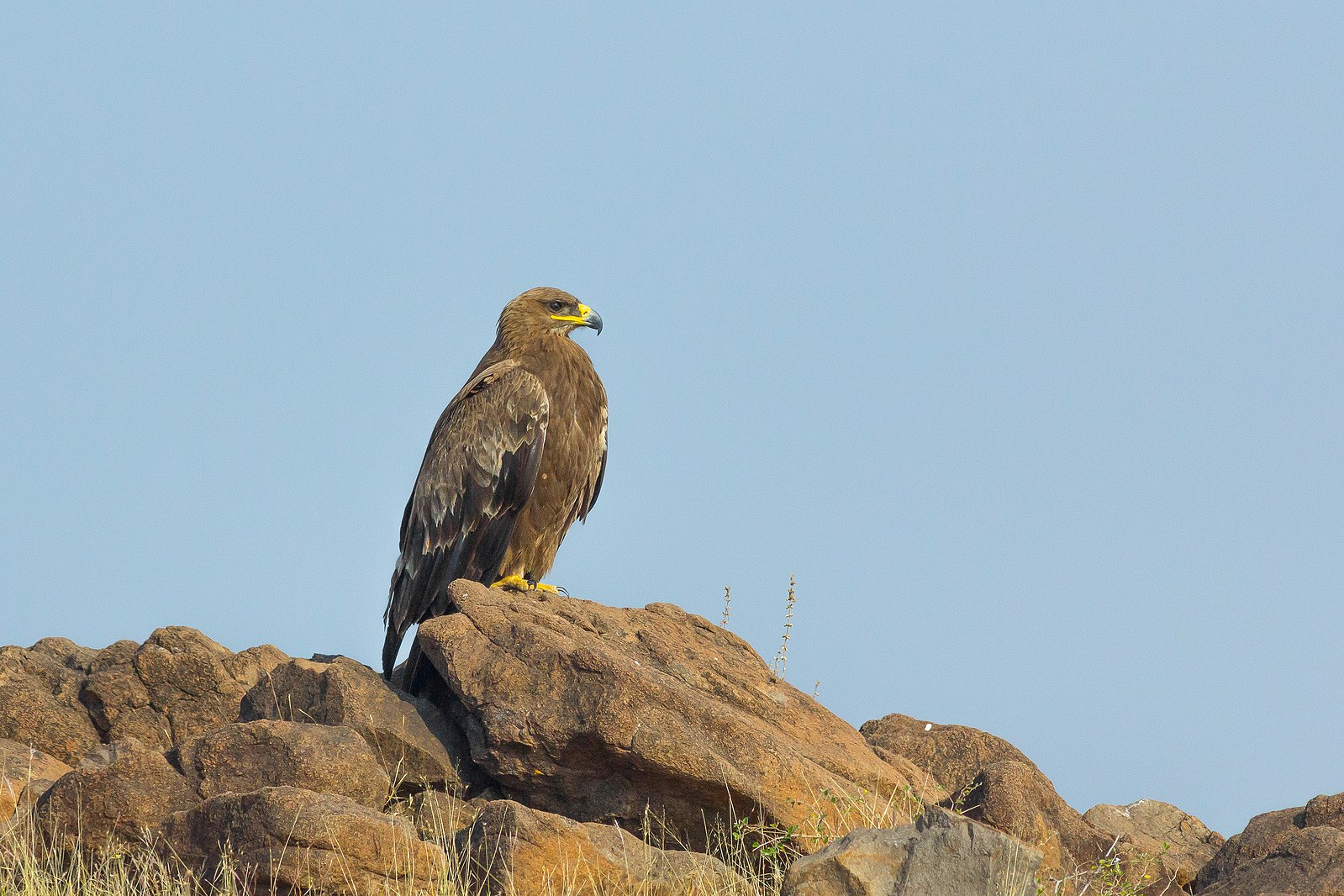
Steppe eagle. Image credit: Creative Commons
The priority conservation actions for the next decade will be to: 1) successfully implement management plans for existing protected areas; 2) control further recreational hunting that uses 4x4 vehicles; and 3) gazette protected status for suitable areas in the northern part of the ecoregion, particularly in Algeria and Sudan.
Citations
- Burgess, N.; Hales, J.A.; Underwood, E.; Dinerstein, E.; Olson, D.; Itoua, I.; Schipper, J.; Ricketts, T.; Newman, K. 2004. Terrestrial Ecoregions of Africa and Madagascar: A Conservation Assessment. Washington DC: Island Press.
- Joint Research Centre of the European Commission. 2019. The Digital Observatory for Protected Areas (DOPA) Explorer 3.1 [Online]. [Accessed 7 August 2019] Available at: http://dopa-explorer.jrc.ec.europa.eu
- Fishpool, L. D. C. and Evans, M. I. eds. 2001. Important Bird Areas in Africa and Associated Islands: Priority Sites for Conservation. Cambridge, Pisces Publications; Cambridge, Birdlife International.
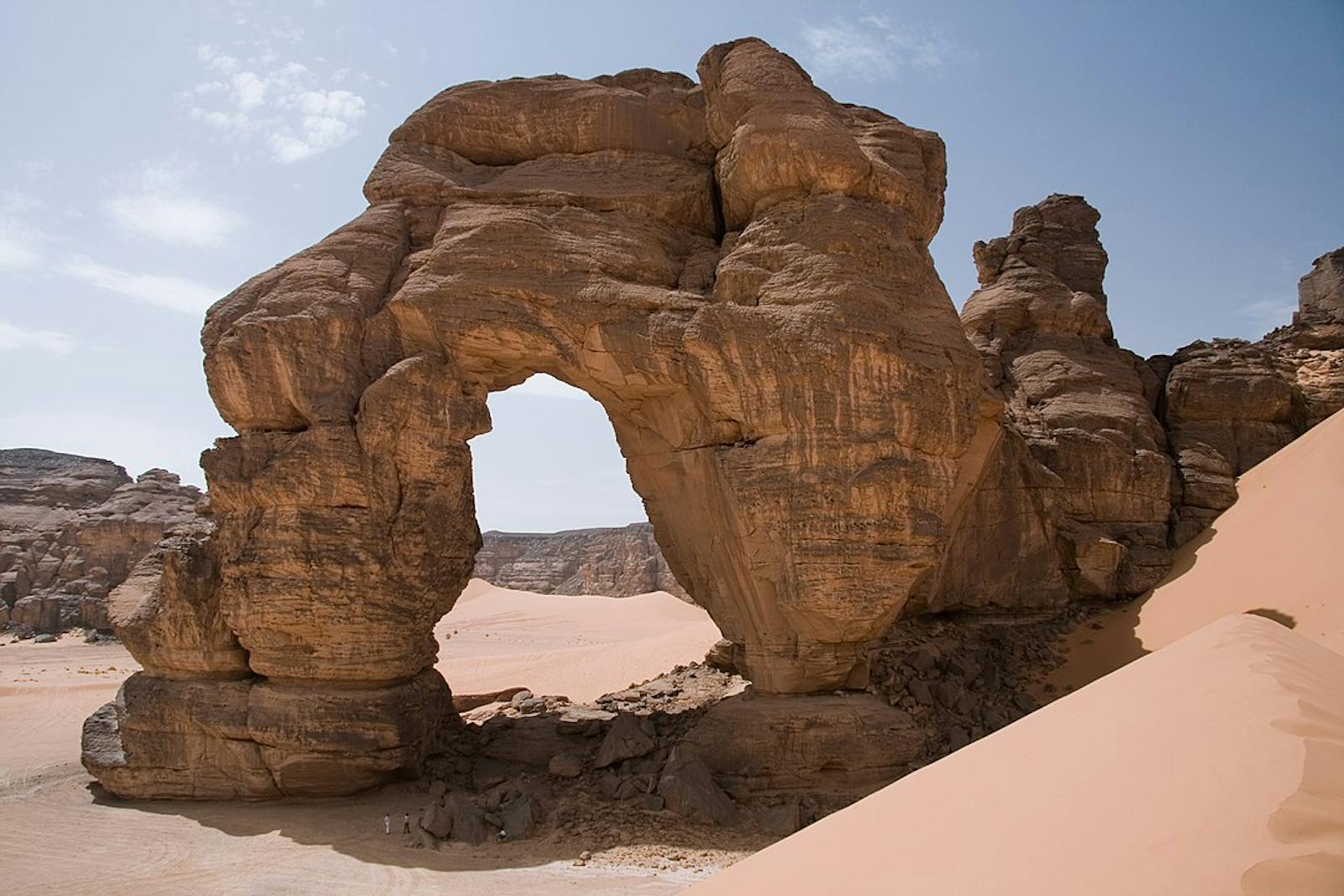
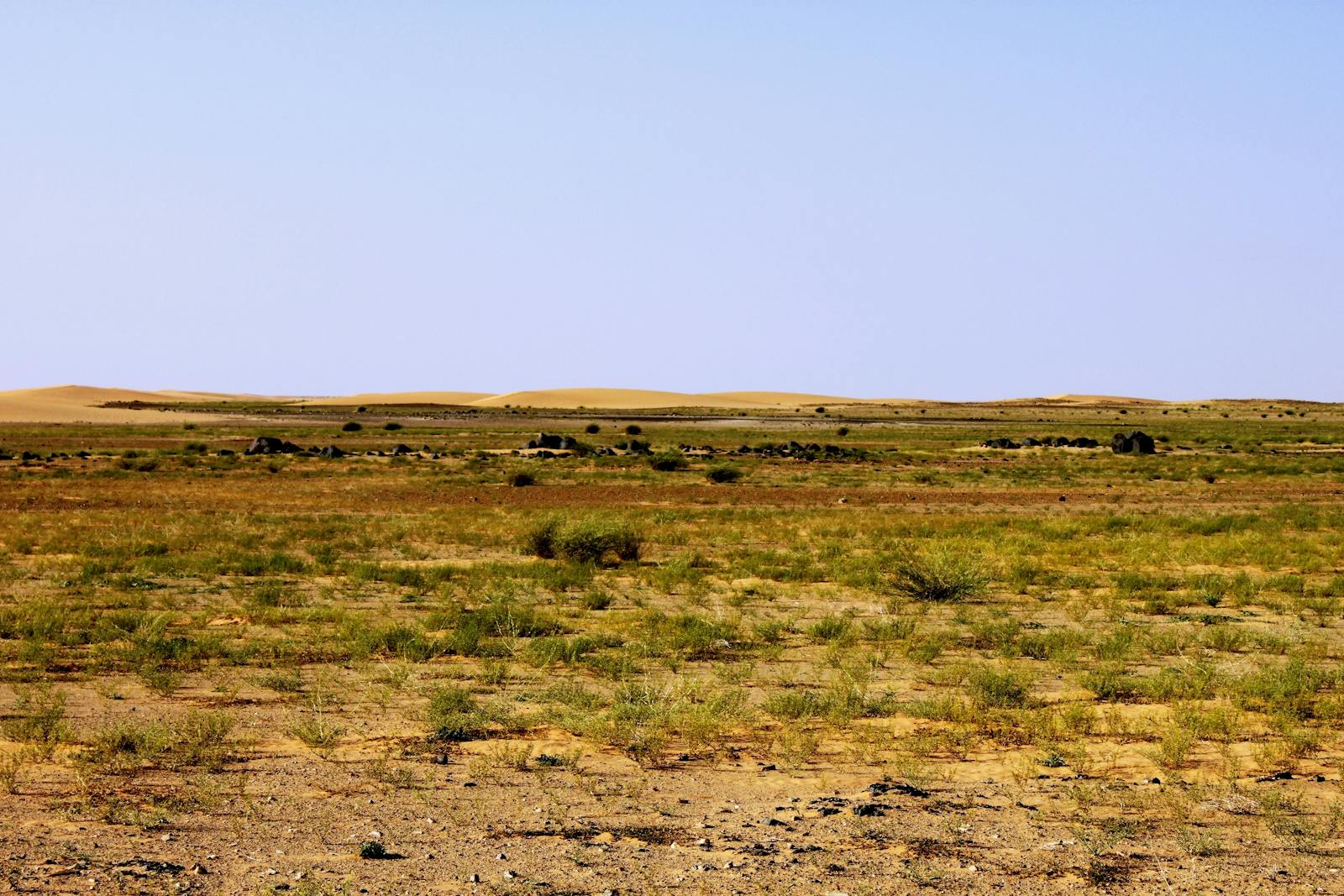
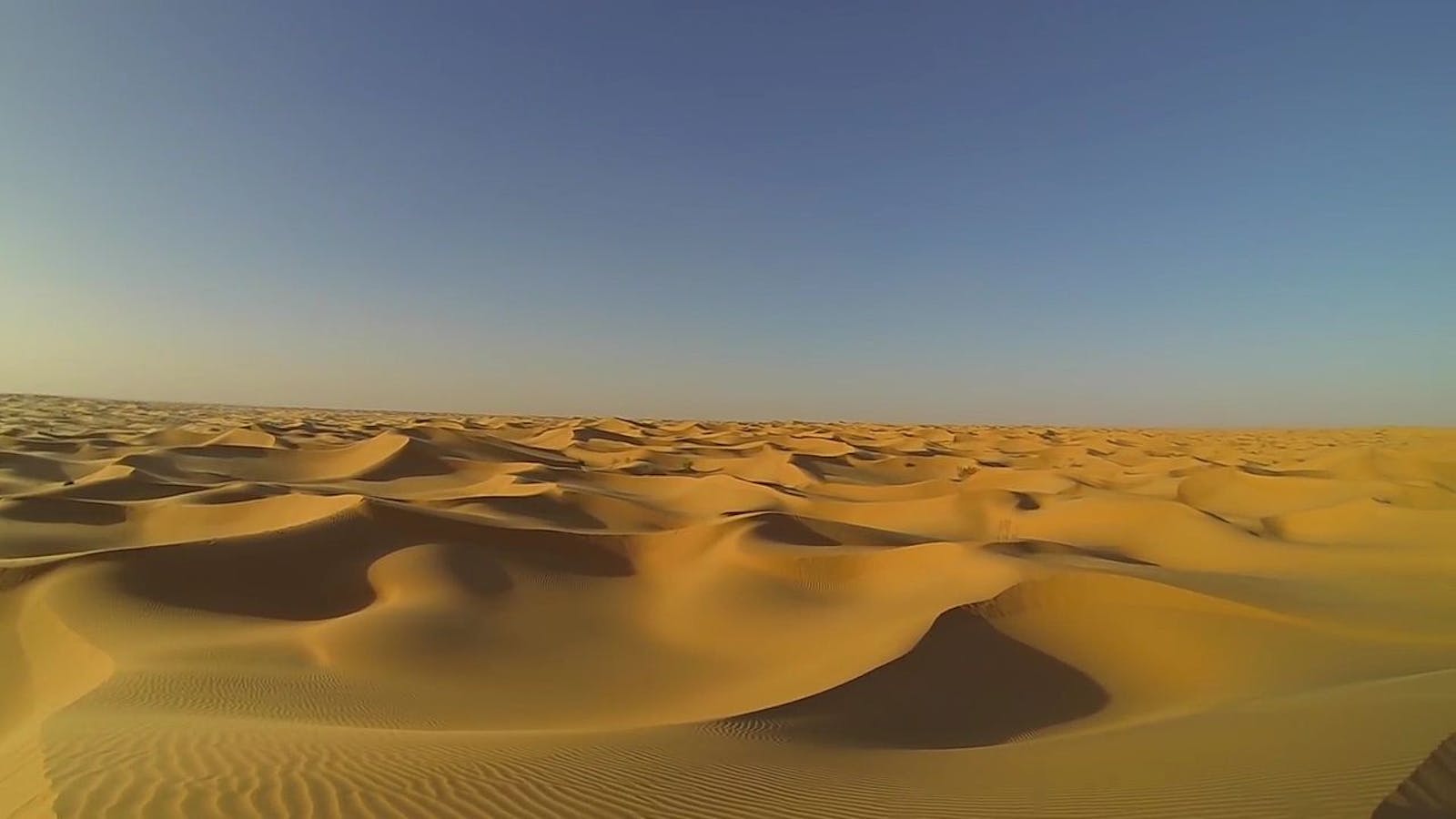
.png?auto=compress%2Cformat&w=300)

